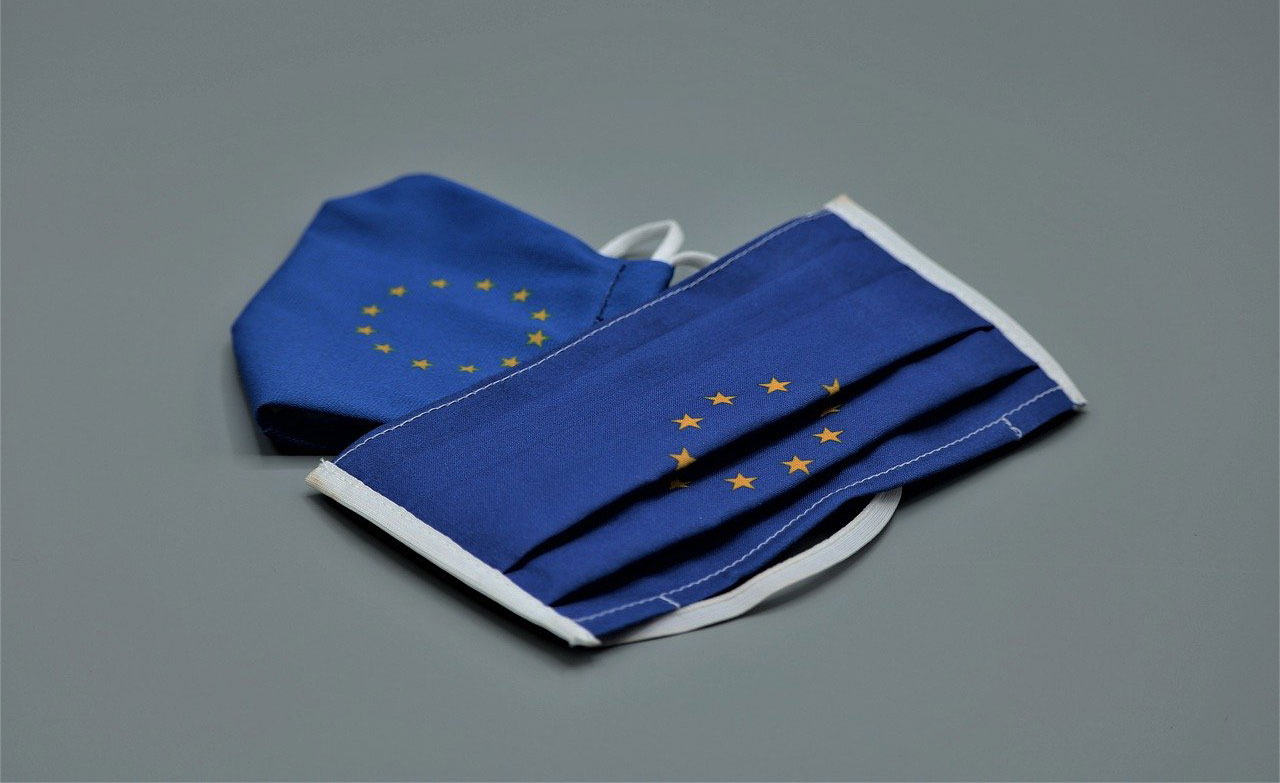The Council today adopted a recommendation on the gradual lifting of the temporary restrictions on non-essential travel into the EU. Travel restrictions should be lifted for countries listed in the recommendation, with this list being reviewed and, as the case may be, updated every two weeks.
Based on the criteria and conditions set out in the recommendation, as from 1 July member states should start lifting the travel restrictions at the external borders for residents of the following third countries:
- Algeria
- Australia
- Canada
- Georgia
- Japan
- Montenegro
- Morocco
- New Zealand
- Rwanda
- Serbia
- South Korea
- Thailand
- Tunisia
- Uruguay
- China, subject to confirmation of reciprocity
Residents of Andorra, Monaco, San Marino and the Vatican should be considered as EU residents for the purpose of this recommendation.
The criteria to determine the third countries for which the current travel restriction should be lifted cover in particular the epidemiological situation and containment measures, including physical distancing, as well as economic and social considerations. They are applied cumulatively.
Regarding the epidemiological situation, third countries listed should meet the following criteria, in particular:
- number of new COVID-19 cases over the last 14 days and per 100 000 inhabitants close to or below the EU average (as it stood on 15 June 2020)
- stable or decreasing trend of new cases over this period in comparison to the previous 14 days
- overall response to COVID-19 taking into account available information, including on aspects such as testing, surveillance, contact tracing, containment, treatment and reporting, as well as the reliability of the information and, if needed, the total average score for International Health Regulations (IHR). Information provided by EU delegations on these aspects should also be taken into account.
Reciprocity should also be taken into account regularly and on a case-by-case basis.
For countries where travel restrictions continue to apply, the following categories of people should be exempted from the restrictions:
- EU citizens and their family members
- long-term EU residents and their family members
- travellers with an essential function or need, as listed in the Recommendation.
Schengen associated countries (Iceland, Lichtenstein, Norway, Switzerland) also take part in this recommendation.
Next steps
The Council recommendation is not a legally binding instrument. The authorities of the member states remain responsible for implementing the content of the recommendation. They may, in full transparency, lift only progressively travel restrictions towards countries listed.
A Member State should not decide to lift the travel restrictions for non-listed third countries before this has been decided in a coordinated manner.
This list of third countries should be reviewed every two weeks and may be updated by the Council, as the case may be, after close consultations with the Commission and the relevant EU agencies and services following an overall assessment based on the criteria above.
Travel restrictions may be totally or partially lifted or reintroduced for a specific third country already listed according to changes in some of the conditions and, as a consequence, in the assessment of the epidemiological situation. If the situation in a listed third country worsens quickly, rapid decision-making should be applied.
Background
On 16 March 2020, the Commission adopted a communication recommending a temporary restriction of all non-essential travel from third countries into the EU for one month. EU heads of state or government agreed to implement this restriction on 17 March. The travel restriction was extended for a further month respectively on 8 April 2020 and 8 May 2020.
On 11 June the Commission adopted a communication recommending the further extension of the restriction until 30 June 2020 and setting out an approach for a gradual lifting of the restriction on non-essential travel into the EU as of 1 July 2020. Discussions have since then taken place between member states on the criteria and methodology to be applied.




